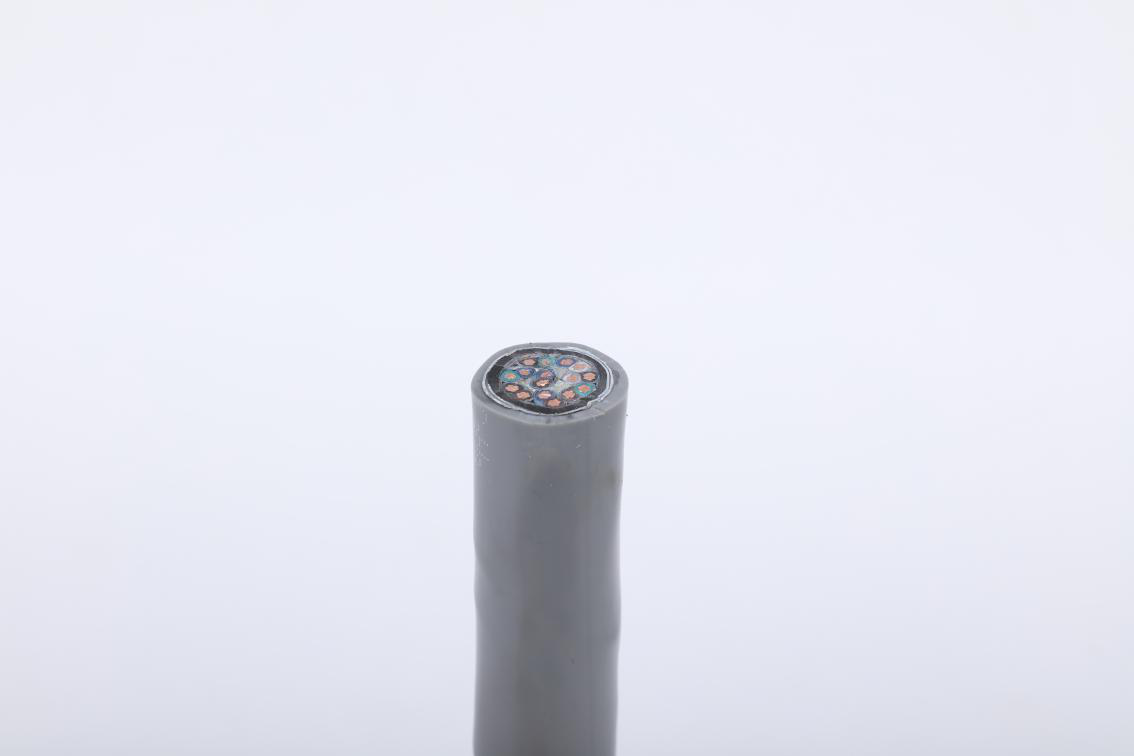The core of the control cable is generally copper core, nominal cross-section 2.5mm2 and below, 2 to 61 cores; 4 to 6mm2, 2 to 14 cores; 10mm2, 2 to 10 cores.
The working temperature of the control cable is: Rubber insulation for 65 ° C, PVC insulation for 70 ° C, and 105 ° C are two levels.
Control cables for computer systems generally use PVC, polyethylene, cross-linked polyethylene, and fluoroplastic insulation products.
Control cables are PVC insulated, PVC sheathed control cables suitable for use in industrial and mining enterprises, energy and transportation sectors, and control and protection lines with a rated AC voltage of 450/750 volts or less.
With the increasing capacity of power supply, the rapid growth of demand for electricity, the increasing constraints on capital and energy, and the constraints of environmental protection, demand control cables or retrofitting existing lines to further improve the power transmission capacity of the power grid, especially in economically developed regions more and more prominent.
Low-loss, environmentally friendly, economical, high-capacity new data transmission skills with scientific skills, data skills, manufacturing levels, and technological advancement, control cables will play an increasingly important role.

Now in Western Europe, Northern Europe, North America, Japan, South Asia, and other countries, aluminum alloy wires have been widely used as overhead transmission lines.
Compared with the commonly used steel-cored aluminum stranded wire (ACSR), the all-aluminum alloy wire has the advantages of high sag characteristics, corrosion resistance, appearance damage resistance, large elongation, small line loss, and good creep resistance.
In the 1960s, Japan developed a heat-resistant aluminum alloy wire. Its continuous operating temperature and short-term response temperature were 60 °C higher than the conventional ACSR, 150 ° C, and 180 ° C respectively, and then greatly improved the transmission capacity.
The heat-resistant aluminum alloy is composed of EC-grade aluminum, a small amount of zirconium, and other elements, and has a high recrystallization temperature.
Therefore, the heat-resistant aluminum alloy can be operated at a temperature of up to 150 ° C and the current carrying capacity can be improved by 1.4 to 1.6 times.
At the same time, the addition of zirconium has a significant effect on the softening resistance and creep resistance of the improved wire. In order to reduce electrical corrosion, the steel core is made of aluminum-clad steel.
The double-capacity wire is also called super heat-resistant aluminum alloy wire.
In addition to the strength of the heat-resistant aluminum alloy wire, the wire has the largest characteristic that the wire can reach a temperature of 230 ° C, and the current carrying capacity is improved by about 2 times; the wire core of the wire is made of an aluminum-clad INVAR wire, which obviously constrains the wire sag.
The wire diameter, mass, tension, and sag of the double-capacity wire are the same as those of the commonly used ACSR. Therefore, when the line is modified, the original tower and the base can be completely used.